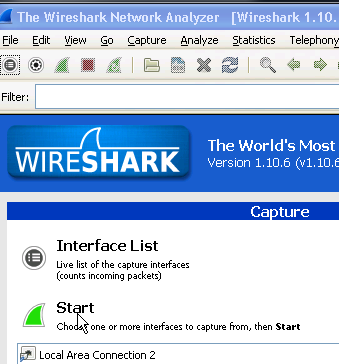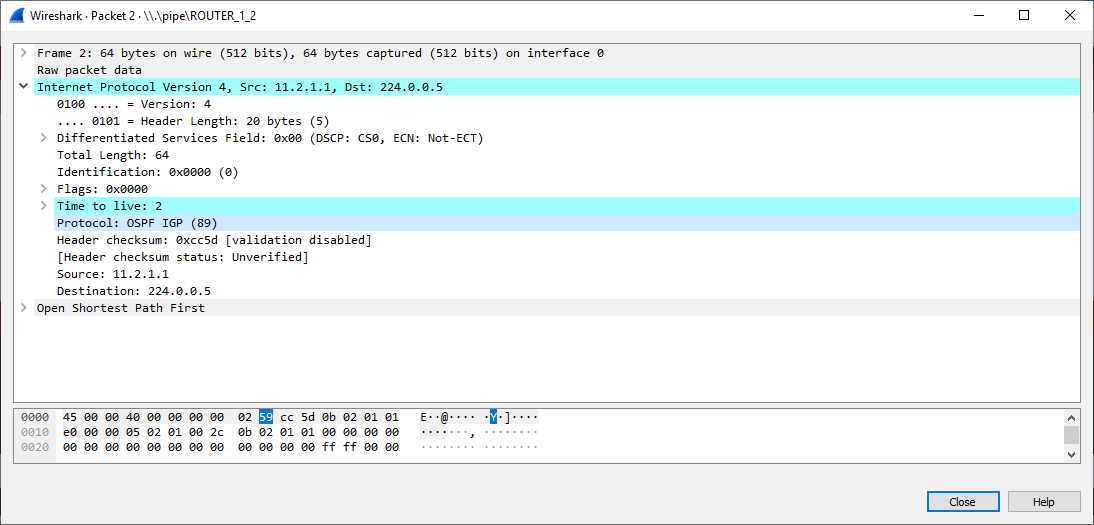

Finding the multicast address in wireshark packet capture windows#
So by using these two windows in Wireshark you’ve identified the following: It’s not completely unheard of for applications to communicate with other devices (Web Servers, DB Servers, File Servers, Other App Servers) to perform whatever tasks it is trying to perform and it could be very possible this third server may or may not be slowing down the process. From an L2 Ethernet perspective up to a L4 TCP/UDP Perspective allowing you see what end points are really involved with this communication along with how much data was sent, the length of time the connection, etc. The next spot that is worth checking out is the ‘Conversations’ which is also found under ‘Statistics’ this quaint little window gives you a brief overview of any Source/Destination devices identified within the capture.

Same goes for the Avg Mbit/sec, if you have large packets flowing you can expect to see a higher throughput rate, and the opposite for lower packet size rate. If you see exceptionally small packet sizes data transfers may take a lengthy amount of time due to the increase TCP overload and normal 元 forwarding. If you are troubleshooting data transfers normally you would expect the Avg. Packet Size – Depending on what you are trying to troubleshoot the average packet size can be a quick indicator in regards to whether or not your fully using the MTU an your network. The Elapsed time is important to make note of as this give you the ability to establish a baseline, knowing how long a process takes can you help you identify an issue or identify expected behavior in the future.

Whether or not the application is behaving properly and performance is as it should be or if there is indeed something amiss somewhere. For all the other situations I need to rely on the PCAPs and interpret what and how the applications are communicating. I usually don’t know much more than that, only in rare occasions do I get a heads up and insight into the behaviors of the application I am trying to troubleshoot. IE: Connection timeouts, slow response, long transfer times, etc. I don’t know about you but when I find myself performing packet captures and analyzing PCAPs I usually only know the symptoms of the issue I am attempting to troubleshoot.


 0 kommentar(er)
0 kommentar(er)
